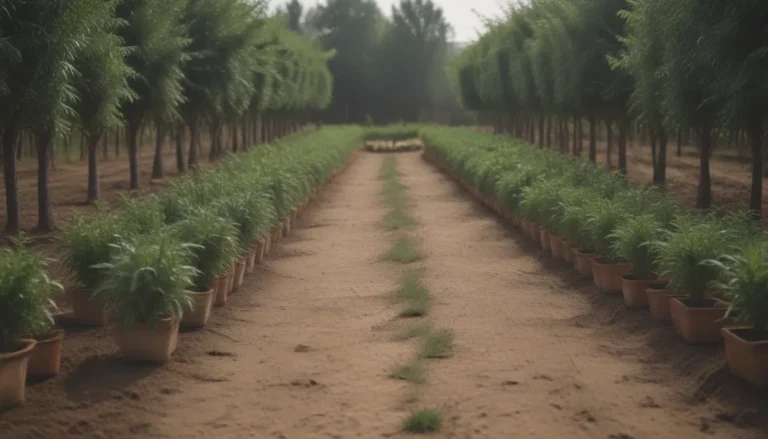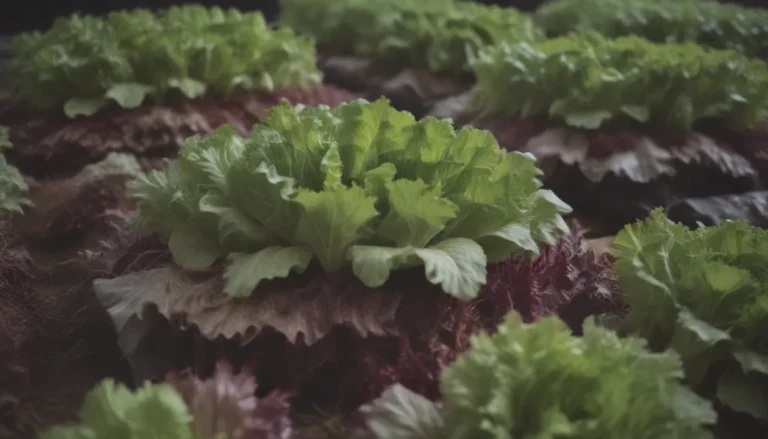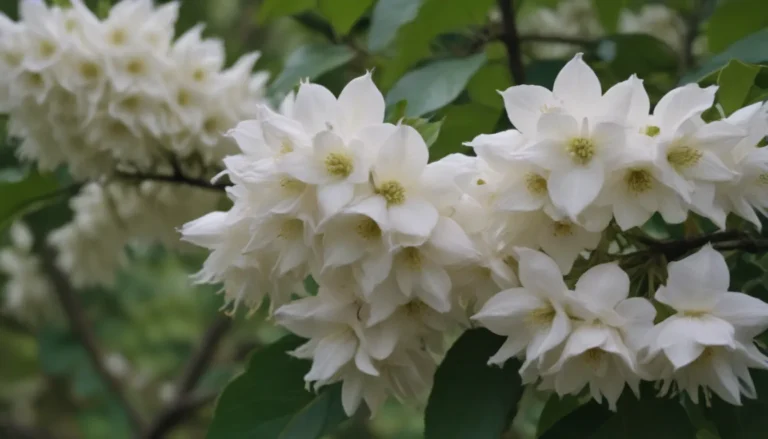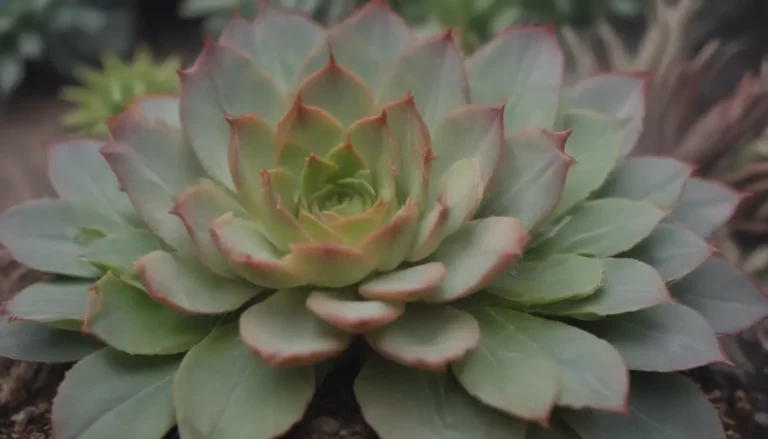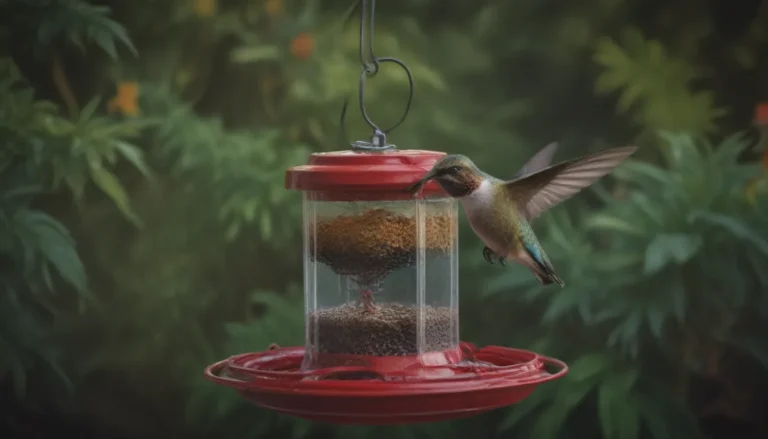Discover the Beauty of Daffodils: A Comprehensive Guide to 15 Dazzling Varieties
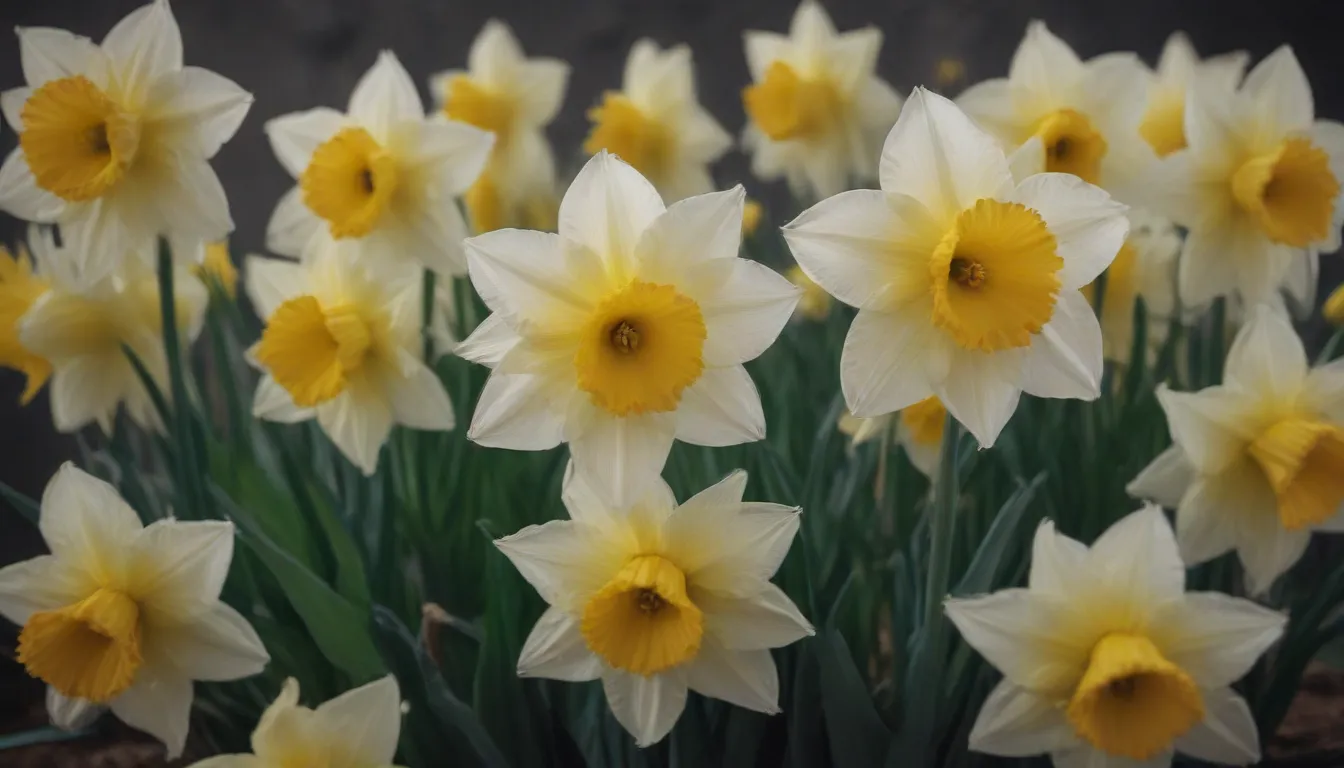
As we bid farewell to winter and eagerly welcome the arrival of spring, nothing quite heralds the change of seasons like the vibrant blooms of daffodils. Their cheerful colors, ranging from gold and yellow to cream, orange, salmon, pink, and white, bring a sense of renewal and rejuvenation to any garden or landscape. The Narcissus genus, which includes daffodils, offers an incredible array of varieties that showcase the beauty and versatility of these beloved flowers.
Originating from regions in Northern Africa, Europe, Afghanistan, China, and Japan, daffodils have been cultivated and hybridized over the years to create unique and desirable traits. Most commonly planted in the fall for a spectacular spring display, daffodils have the added benefit of naturalizing in various settings, such as lawns or woodland areas, creating a picturesque blanket of color. Additionally, these blooms are resistant to deer, making them a practical and beautiful choice for any garden.
The Fascinating World of Daffodil Classification
Like roses, daffodils have a rich history of cultivation dating back centuries. Today, horticulturalists use a sophisticated classification system developed by the Royal Horticultural Society to categorize the various types of daffodils. Divided into 13 divisions based on flower shape and genetic heritage, this system helps enthusiasts and growers appreciate the diversity within the Narcissus genus.
15 Stunning Daffodil Varieties to Enhance Your Spring Garden
Here, we explore a selection of dazzling daffodil varieties that will elevate your spring landscape with their unique hues, heights, and bloom times:
-
‘Petit Four’ Daffodil (Narcissus ‘Petit Four’)
-
Description: A visually captivating flower resembling its French pastry namesake with fluffy blooms and multiple flowers per stem.
- Blooming Time: March
- Division: 4
-
Characteristics: Extra petals per flower
-
‘Tahiti’ Daffodil (Narcissus ‘Tahiti’)
-
Description: Large, exotic blooms with deep orange cups and striking gold petals.
- Blooming Time: April
- Division: 4
-
Characteristics: Mid-season bloomer
-
‘New Baby’ Daffodil (Narcissus ‘New Baby’)
-
Description: Miniature hybrid variety ideal for hanging baskets and containers.
- Blooming Time: Late spring
- Division: 7
-
Characteristics: Jonquillas with thin, rush-like leaves
-
‘Crewenna’ Daffodil (Narcissus ‘Crewenna’)
-
Description: Classic trumpet shape with a tall stature, blooming early in spring.
- Blooming Time: March
- Division: 1
-
Characteristics: Tall and elegant
-
‘Red Devon’ Daffodil (Narcissus ‘Red Devon’)
-
Description: A striking daffodil with a red-orange cup surrounded by yellow petals.
- Blooming Time: Mid-spring
- Division: 2
-
Characteristics: Large-cupped variety
-
‘Valdrome’ Daffodil (Narcissus ‘Valdrome’)
-
Description: Late-blooming daffodil with an open, ruffled yellow cup nested in white petals.
- Blooming Time: May
- Division: 11
-
Characteristics: Split-cupped collar
-
‘Sir Winston Churchill’ Daffodil (Narcissus ‘Sir Winston Churchill’)
-
Description: Fragrant, creamy white flowers with double petals resembling carnations.
- Blooming Time: Late April to early May
- Division: 4
-
Characteristics: Frilly and fragrant blooms
-
‘Ziva’ Paperwhite (Narcissus papyraceus ‘Ziva’)
-
Description: Early blooming paperwhite variety with fragrant white flowers.
- Blooming Time: Early spring
- Division: 8
-
Characteristics: Tazetta group with very fragrant flowers
-
‘Toto’ Daffodil (Narcissus ‘Toto’)
-
Description: Dwarf daffodil with star-shaped white petals and pale yellow cup.
- Blooming Time: Early spring
- Division: 12
-
Characteristics: Dwarf variety for containers or borders
-
‘Ice Follies’ Daffodil (Narcissus ‘Ice Follies’)
-
Description: Showy daffodil with frilled yellow cup and snowy white petals, naturalizing well.
- Blooming Time: Early to mid-spring
- Division: 2
-
Characteristics: Large-cupped variety
-
‘Rapture’ Daffodil (Narcissus ‘Rapture’)
-
Description: Distinctive daffodil with protruding cup and lemon-yellow flowers that attract pollinators.
- Blooming Time: March
- Division: 6
-
Characteristics: Bent blooms for cutting and pollination
-
‘Mary Gay Lirette’ Daffodil (Narcissus ‘Mary Gay Lirette’)
-
Description: Unique true pink daffodil with ruffled collar, resembling a peony.
- Blooming Time: April
- Division: 11
-
Characteristics: Full, fluffy appearance
-
‘Dutch Master’ Daffodil (Narcissus ‘Dutch Master’)
-
Description: Popular yellow daffodil with classic trumpet shape ideal for naturalizing.
- Blooming Time: Early to mid-spring
- Division: 1
-
Characteristics: Clump-forming and vibrant
-
Pheasant’s Eye Daffodil, Poet’s Narcissus (Narcissus poeticus)
-
Description: Native species with fragrant white flowers and a small yellow cup with red edging.
- Blooming Time: Late spring
- Division: 9
-
Characteristics: Fragrant blooms for perfumery
-
‘Professor Einstein’ Daffodil (Narcissus ‘Professor Einstein’)
- Description: Brilliant large flower with orange cup and white petals, blooming in mid-spring.
- Blooming Time: Mid-spring
- Division: 2
- Characteristics: Naturalizes well and deters deer
A Word of Caution: The Toxicity of Daffodil Bulbs
It’s essential to remember that all daffodil bulbs are toxic to people, dogs, cats, and pets. While these blooms bring beauty and joy to our gardens, it’s crucial to handle them with care and keep them out of reach of curious animals and children.
How to Grow and Care for Daffodils
Daffodils are relatively easy to grow and maintain, making them an excellent choice for both novice and experienced gardeners. Here are some tips for successfully cultivating daffodils in your garden:
- Plant daffodil bulbs in the fall, in well-draining soil and full to partial sunlight.
- Choose a location that allows for good air circulation to prevent fungal diseases.
- Water daffodils regularly during the growing season but avoid overwatering.
- Deadhead spent flowers to promote new growth and prevent seed formation.
- Fertilize daffodils in the fall and spring with a balanced fertilizer to support healthy blooms.
- Allow the foliage to die back naturally after blooming to nourish the bulbs for the next season.
By following these simple guidelines, you can enjoy a stunning display of daffodils in your garden year after year.
In Conclusion
Daffodils, with their enchanting blooms and vibrant colors, are a must-have addition to any spring garden. From the classic trumpet-shaped varieties to the exotic and fragrant blooms, there is a daffodil to suit every taste and preference. As you explore the diverse world of daffodils, remember to plant them responsibly, keeping in mind the safety of your family and pets.
So, why not brighten up your garden with these dazzling daffodil varieties and usher in the beauty of spring with style and elegance? Happy gardening!
Remember, the arrival of spring is just around the corner, and what better way to welcome it than with the cheerful presence of daffodils in your garden!
